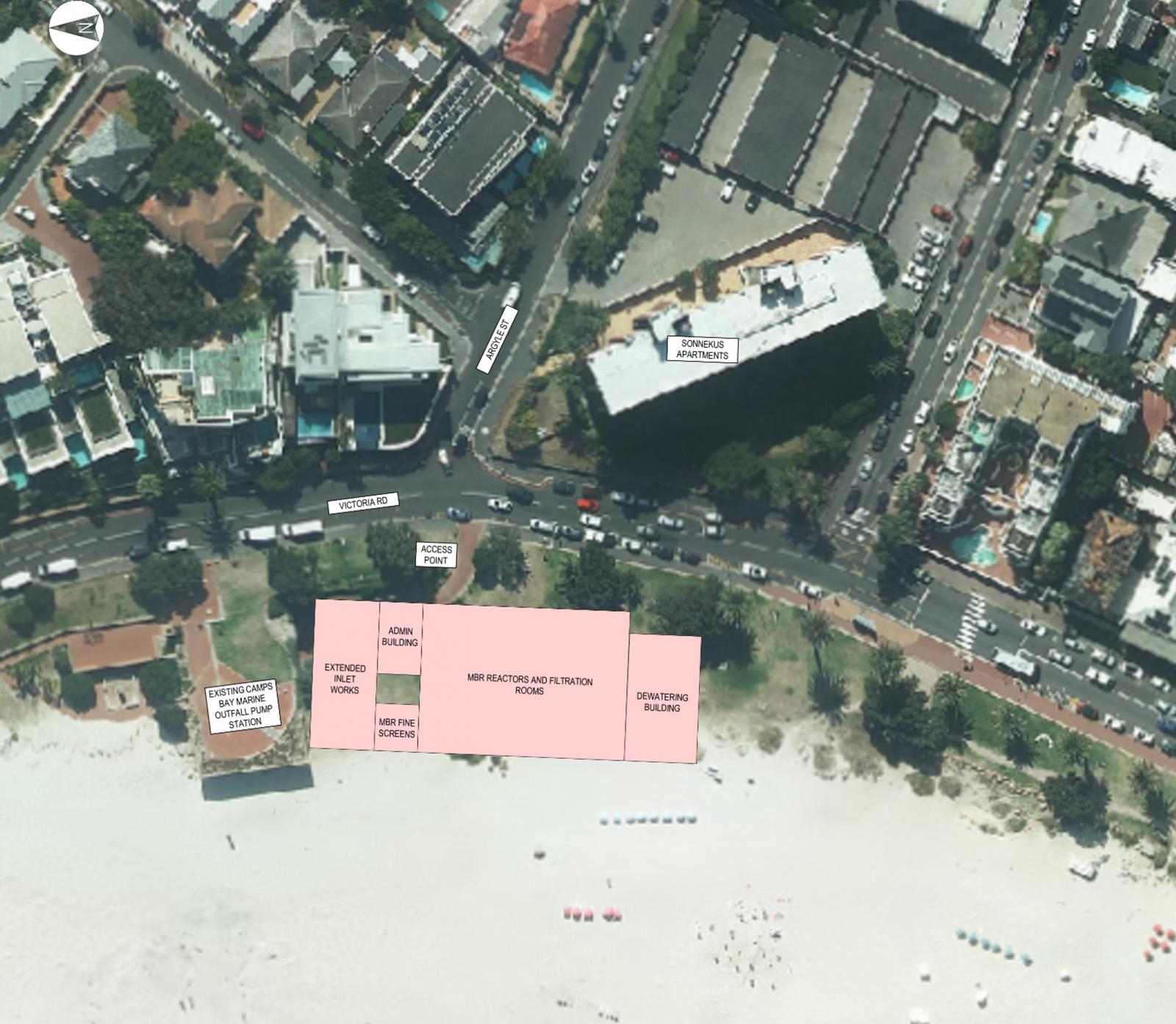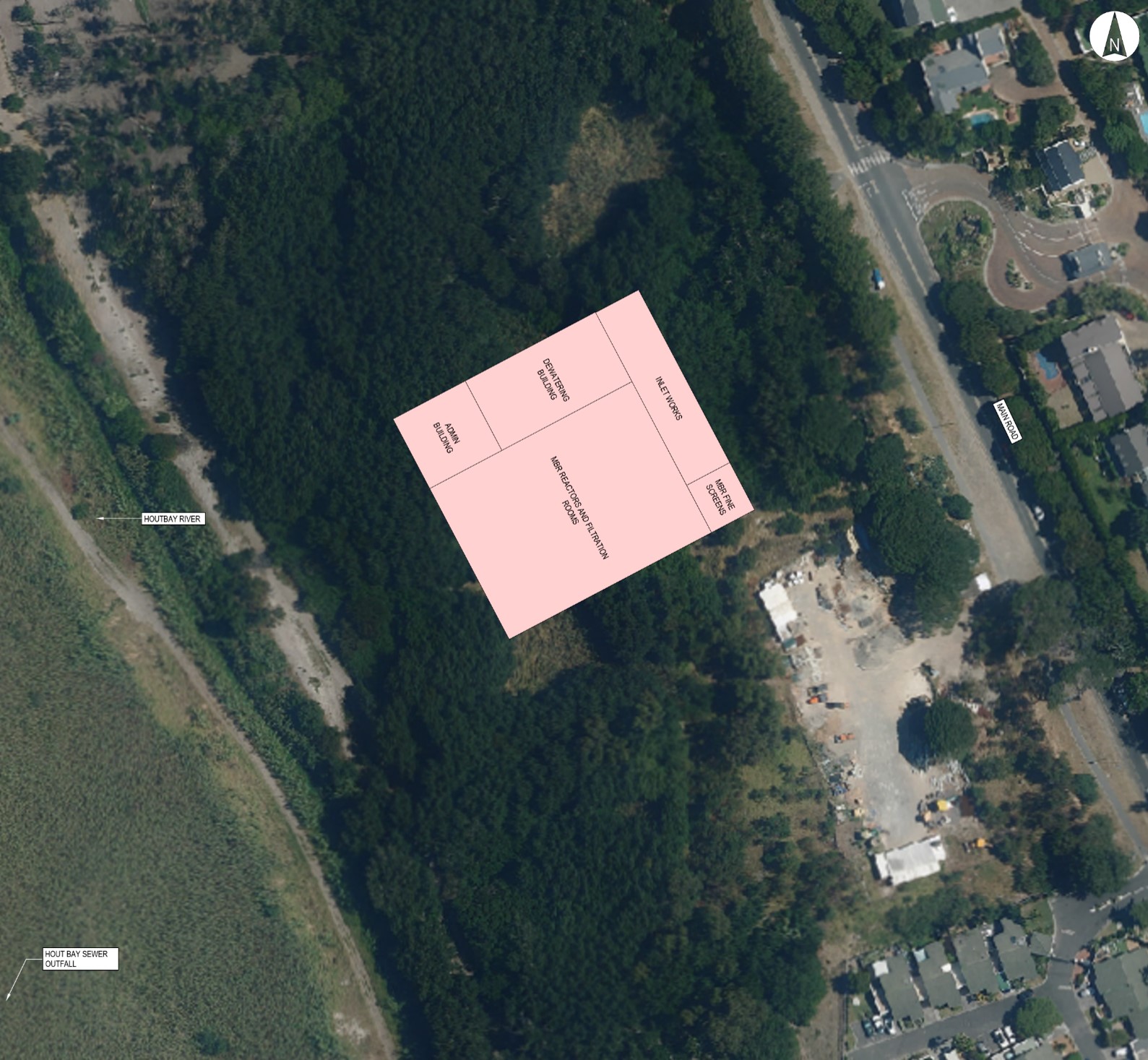
6 minutes, 6 seconds
-3.1K Views 0 Comments 0 Likes 0 Reviews

The City’s Water and Sanitation Directorate wants to inform the public of long-term future potential alternatives for treating effluent discharged from the marine outfalls at Green Point, Camps Bay and Hout Bay. A comprehensive scoping study, initiated in 2023, sets out the options, including potential new Wastewater Treatment Works (WWTW) in these areas, estimated at a cost of R6 billion, excluding annual increases in construction related costs.
Read more below:

Marine outfalls are built to safely release screened effluent far from the shore, where waste is diluted to very low levels by the vastness of the ocean, with naturally occurring biological methods helping to break down harmful bacteria. Historically, outfalls have been utilised mostly in urbanised areas where it is difficult to find suitable space for treatment plants on land.
The City operates three marine outfalls, which are located offshore, discharging beyond the intertidal zone at Hout Bay, Green Point and Camps Bay. All other areas in Cape Town are serviced by 23 wastewater treatment works (WWTWs), which treats sewage by removing the nutrient loads before it is released as treated effluent into the natural environment. In total, 95% of Cape Town’s wastewater is discharged from WWTW, compared to 5% from the three outfalls.
Areas serviced by the marine outfalls:
· Green Point: the entire City Bowl (including Devil’s Peak Estate, District Six, Zonnebloem, Vredehoek, Higgovale, Oranjezicht, Gardens, Tamboerskloof, Bo-Kaap, Schotsche Estate), Green Point, Sea Point, Fresnaye, Bantry Bay, Mouille Point and parts of Woodstock.
· Camps Bay: Camps Bay, Clifton and surrounds.
· Hout Bay: the entire Hout Bay
Currently all three outfalls continue to operate well within their original design capacity.
Design capacity is the maximum volume of wastewater that can be released at that specific outfall before significant environmental impacts or public health impacts materialise. Seven years of research and data from 2015 to 2022 shows this to be holding true at all three of the outfalls.
The design capacity is specific to the environment of each outfall, depth of release and distance of the diffusers from the shoreline.
· Camps Bay has a design capacity of 5 Ml/day and operates at around 50% of that.
· Green Point has a design capacity of 40 Ml/day and operates at about 65% of that.
· Hout Bay has a design capacity of 9,8 Ml/day and operates at 60% of that.
Comprehensive scoping study
In 2023, the City initiated a comprehensive scoping study to explore future alternatives for treating effluent discharged from the three marine outfalls, including detailed cost assessments for each proposal. Immediate efforts are focused on short-term strategies for refurbishment, replacement, and maintenance to extend the lifespan of existing treatment infrastructure. An estimated investment of R140 million is required for these upgrades, with R100 million already budgeted for in the next financial year for mechanical and electrical upgrades, and structural enhancements.
Long-term options focused on the development and construction of comprehensive new WWTW facilities near existing marine outfalls in Camps Bay, Hout Bay, and Green Point.
Proposed sites for the new WWTW:
· Green Point: The identified area is at the sport fields close to the Green Point Outfall Pump Station as no space is available directly adjacent to pump station.
· Camps Bay: Space is available directly adjacent to Camps Bay Outfall Pump Station.
· Hout Bay: There is no viable space available directly adjacent to Hout Bay Outfall Pump Station, but the identified area is in close proximity of the pump station.
‘There is still a lot to be done to arrive at implementable plans, but we are committed to finding the most suitable means to treat effluent optimally, while prioritising the wellbeing of the public and environment, and also considering factors such as the terrain and available space. The comprehensive scoping study puts this very commitment into action.
‘We have presented all possible future alternatives listed in this study, during the public participation period on the review process of the permits for our three marine outfalls. It is important for the public to remember that implementing these options will be subject to available budget and the results of feasibility and environmental impact assessments. The City will continue engaging with the public on this topic in future,’ said Councillor Zahid Badroodien, Mayoral Committee Member for Water and Sanitation.
Supplied by: City of Cape Town
CityofCapeTown Future Table Plans Sustainable Outfalls Marine

At our community we believe in the power of connections. Our platform is more than just a social networking site; it's a vibrant community where individuals from diverse backgrounds come together to share, connect, and thrive.
We are dedicated to fostering creativity, building strong communities, and raising awareness on a global scale.

